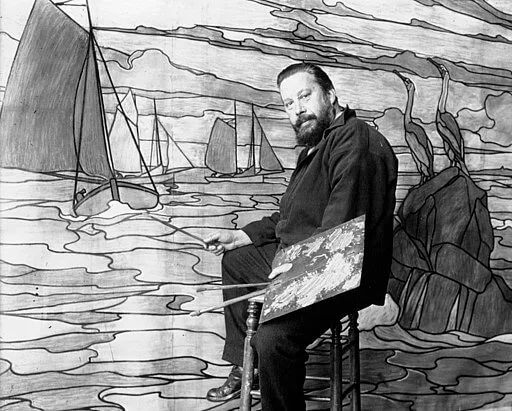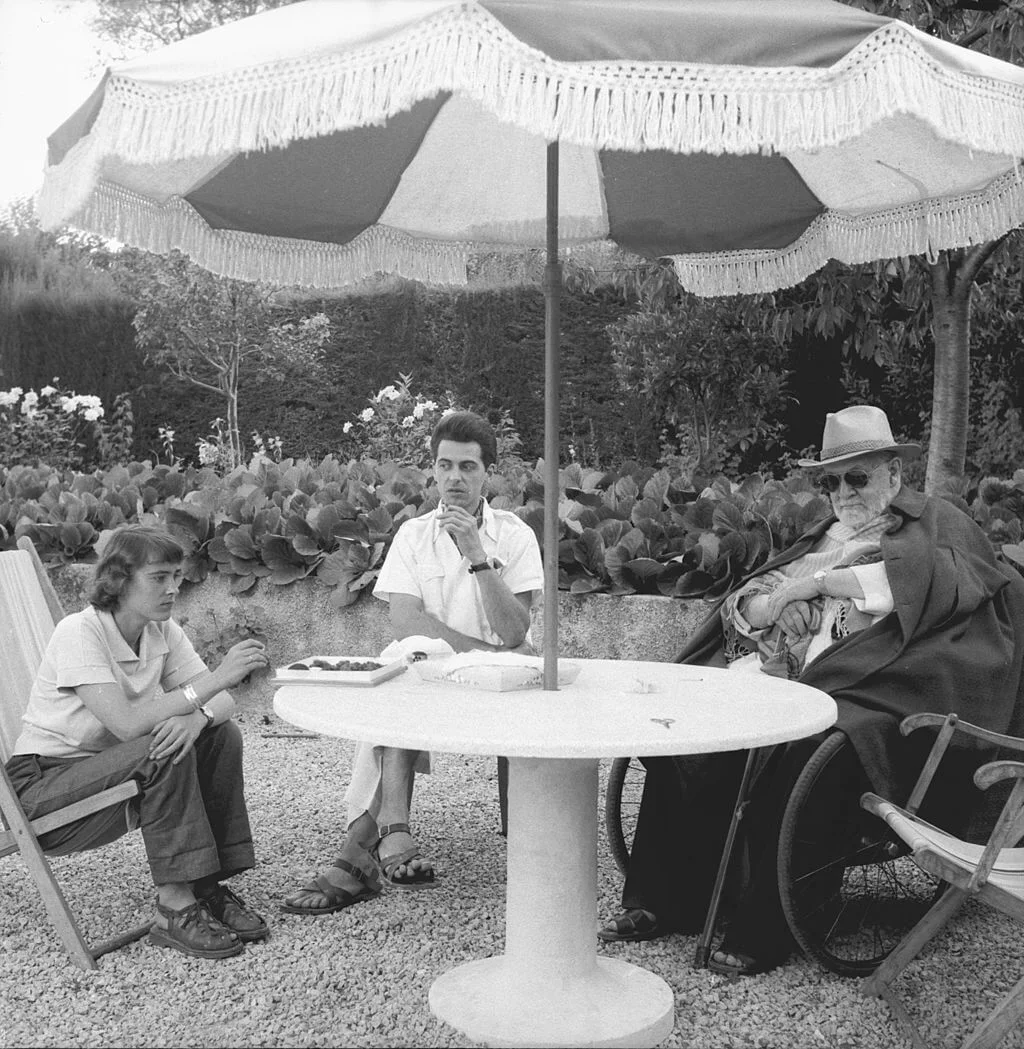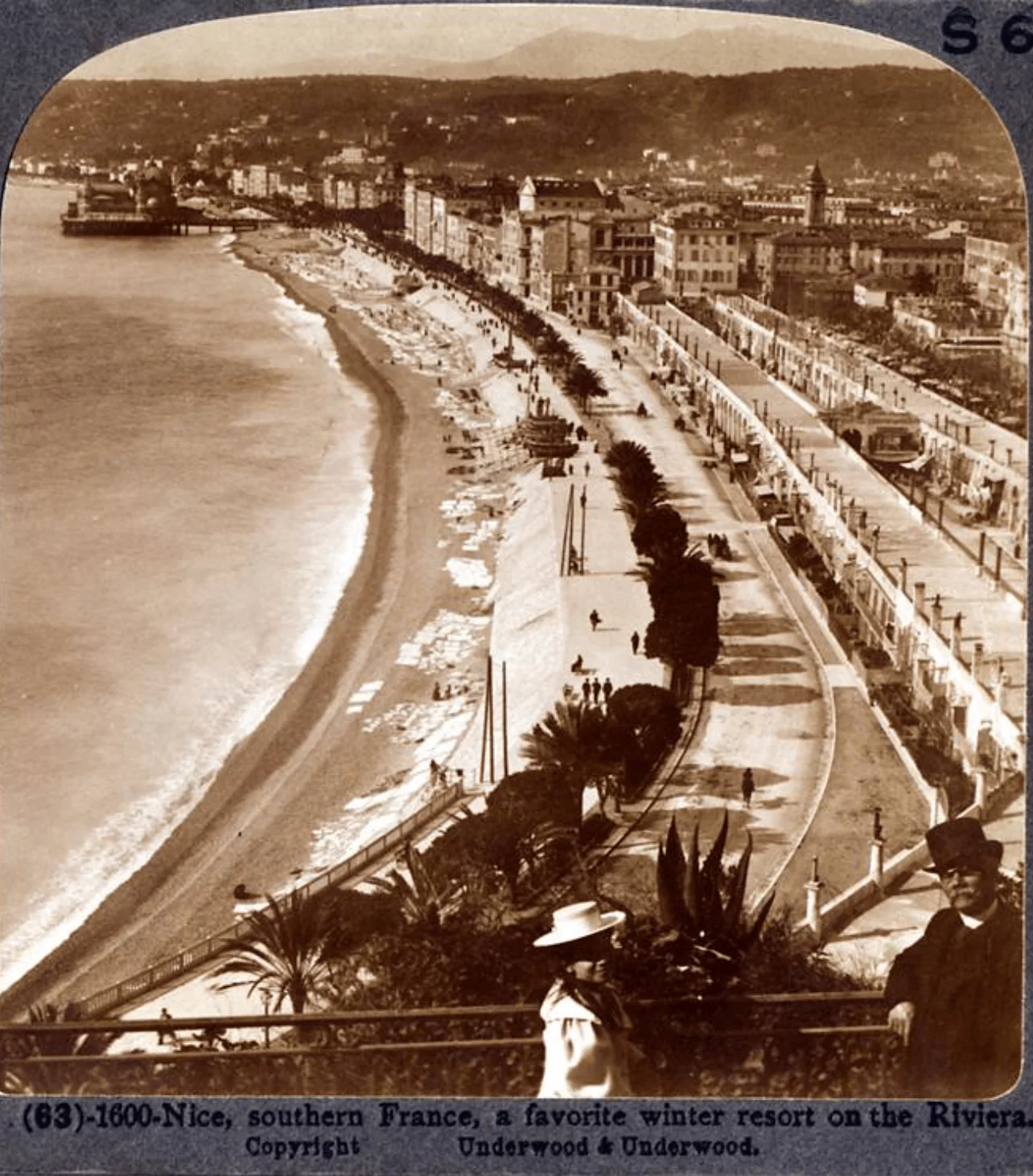Henri Matisse
(December 31, 1869-November 3, 1954)

Auguste Matisse 1918
Henri Emile Benoit Matisse was born in Le Cateau-Cambresis, France. He was the eldest son of s wealthy grain merchant, Henri Matisse and his wife Amelie. Matisse originally studied law and began painting when he was twenty years old. This was during a period of convalescence. From that point on, he dedicated himself to becoming an artist, which deeply disappointed his father. Matisse studied in Paris at the Academie Julian and was the student of William-Adolphe Bouguereau and Gustave Moreau. He initially painted mostly landscapes and still-lifes in a traditional style with reasonable proficiency.
Matisse was influenced early on by masters including Nicolas Poussin and Antoine Watteau. He especially admired Jean-Baptiste-Siméon Chardin whose work he copied at the Louvre. Matisse was also influenced by modern artists, such as Édouard Manet, and by Japanese art.
Matisse’s style change completely after visiting the Australian painter John Russell off the coast of Brittany. Russell introduce Matisse to Impressionism and the work of Vincent Van Gogh. He gave him a drawing by Van Gogh.
Matisse had a daughter named Marguerite with a model in 1894. He raised the daughter with Amelie Noellie Parayre, his wife as of 1898. In addition to Marguerite, Matisse and Amelie had two sons. His wife and daughter often served as models for his works.
Matisse and Andre Derain were the leaders of the Fauvist movement, a movement that lasted only from 1904 to 1908.

Group picture of Matisse's students, 1909

Auguste Matisse 1918
The Fauvist movement had only three exhibitions. The work of the Fauvists was characterized by bright and expressive color. The decline of the Fauvist movement in 1906 did not negatively affect Matisse’s career, in fact, many of his greatest works were created between 1906 and 1917. During this time Matisse met Pablo Picasso, eleven years his junior. They became lifelong friends. While the two artists were both prolific painters of women and still-lifes, they differed in a significant way. Picasso worked from his imagination, while Matisse worked from life. Through Picasso, Matisse’s social and artistic circle grew significantly.
Matisse engaged in collaborative work with other artists of several different nationalities in France. After 1930, Matisse’s work gained new vigor and bolder simplification. Despite the concerns of his son, Pierre, then a gallery owner in New York, Matisse remained in France during the Nazi invasion and occupation.

Henri Matisse et Léonide Massine (Ballets russes, Opéra) (4565877526)

Henri Matisse, Jean Vincent de Crozals, Annelies Nelck, Vence 1953

Henri Matisse, Hans Purrmann und Albert Weisgerber in München, 1909
During the German occupation in 1941, Matisse was diagnosed with duodenal cancer and, despite successful surgery, nearly died. This period of convalescence began Matisse’s interest in creating art with paper cut out with scissors or collage. As the German occupation wore on, the Nazi’s relaxed their attacks on so-called “degenerate art” and Matisse was allowed to exhibit with other Fauves and Cubists though, without any Jewish artists whose works had been removed from all French museums and galleries.
Matisse’s earlier surgery left him wheelchair bound. This restricted his ability to paint and sculpt, and he turned to cutouts. His earliest known use of cutouts was 1919, but it was his primary medium in the last decade of his life. In 1952 Matisse established a museum dedicated to his own work.
The Matisse Museum in Le Cateau is now the third-largest collection of Matisse’s work in France. Matisse’s final work is said to be the design for a stained glass window installed at the Union Church of Pocantico Hills of New York.
Matisse’s mastery of color and drawing is displayed in his expressive body of work that spans over fifty years. It garnered him recognition as one of the leading figures in modern art. Matisse died of a heart attack on November 3, 1954 at the age of eighty-four.

Photograph of Nice, France, near Henri Matisse's home.